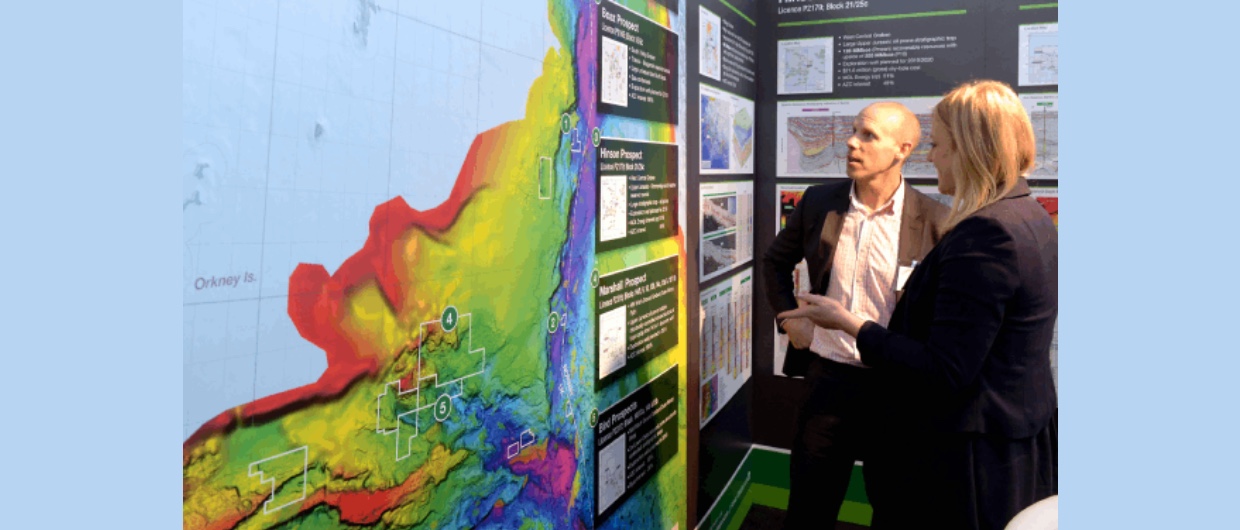The energy transition has become a main driver for panel discussions, technical talks and exhibition opportunities at the big geoscience conferences across the world, with industry leaders promising loads of opportunities for those who have chosen geosciences and energy as their main topics.
Yet, it remains to be seen if all these jobs in geothermal, CCS and hydrogen are really there. So far, students seem to experience a lack of job opportunities above all, as expressed by PhD student Damian Pasiecznik during a panel discussion on geothermal and critical minerals during this week’s AAPG ICE Conference in Madrid. Is it time for the industry to change its narrative and admit that for now it is just mostly talk? I think there is an element of that for sure, even though it is all driven by the best intentions.
Look at CCS; licences are being awarded and even some small scale injection is taking place here and there, but the projects materialising and progressing to FID are still few and far between. The UKCS is possibly the best example of this; loads of companies have applied for a carbon storage licence, with a whole patchwork of awards as a result, but I would struggle to pinpoint the one that is the first to become a genuine site of action and thereby a concrete project demanding a suite of geoscience expertise.
Hydrogen is similar. As somebody told me at the conference today; the majors probably watch the hydrogen exploration efforts by the small investor-based companies unfold before putting any serious money in to upscale properly. Of course, things are happening, with countries opening up their territories for hydrogen exploration – such as Poland the other day – but it will certainly be some years before any serious upscaling will take place if there is reason to do so.
“12,000 rigs will be needed across the world to add 1 GW of geothermal power per day”, said Robert Winsloe from Eavor. To put this number in context, it is more than twice the number of rigs that were active during the most frantic years of oil and gas exploration in the 1980’s. How realistic is this? It cannot even be considered an end member. I think deep geothermal, with wells being drilled to 2-4 kilometers, will for now remain a niche business for areas with favourable subsurface conditions until a technology arrives that enables a drastic reduction in drilling costs.
The mining sector has not woken up yet
And whilst these three sectors remain in their infancy in terms of scaling up, it is the many people who either left the oil and gas business voluntarily or were let go who pick up the few job opportunities that are created in the energy transition sector. That’s why I was not surprised to hear the question from Damian Pasiecznik at the Q&A of the panel discussion. But it was a great question regardless, because he represents the next generation of geoscientists. A PhD student in his last year of the project, he very much emphasised that he spoke for many of his fellow geoscience peers when asking the question where all these job opportunities are.
Of course, the panel members were quick to respond, with most of them making a case for the opportunities that will soon be there. But apart from Horst Kreuter from Vulcan Energy, who is now seriously scaling up his lithium extraction site in Germany as we speak, none of the other panel members provided concrete projects the new generation of geoscientists will work on in the very near future. Henk-Jan van Konijnenberg from BHP was possibly the most frank about the situation. “The mining sector has not woken up to the upcoming challenge of actually finding these massive volumes of metals”, he said.
And whilst many oil and gas companies are not hiring heavily – the idea that young people do not want to work for oil and gas companies is not true I think – and the energy transition jobs preferably go to the ones with previous oil and gas experience, and the mining sector continues to sleepwalk into the next decade, it is the geoscience graduates who will pay the price. Maybe it would be good for industry leaders to admit that and be a bit more honest about the reality these people face.





